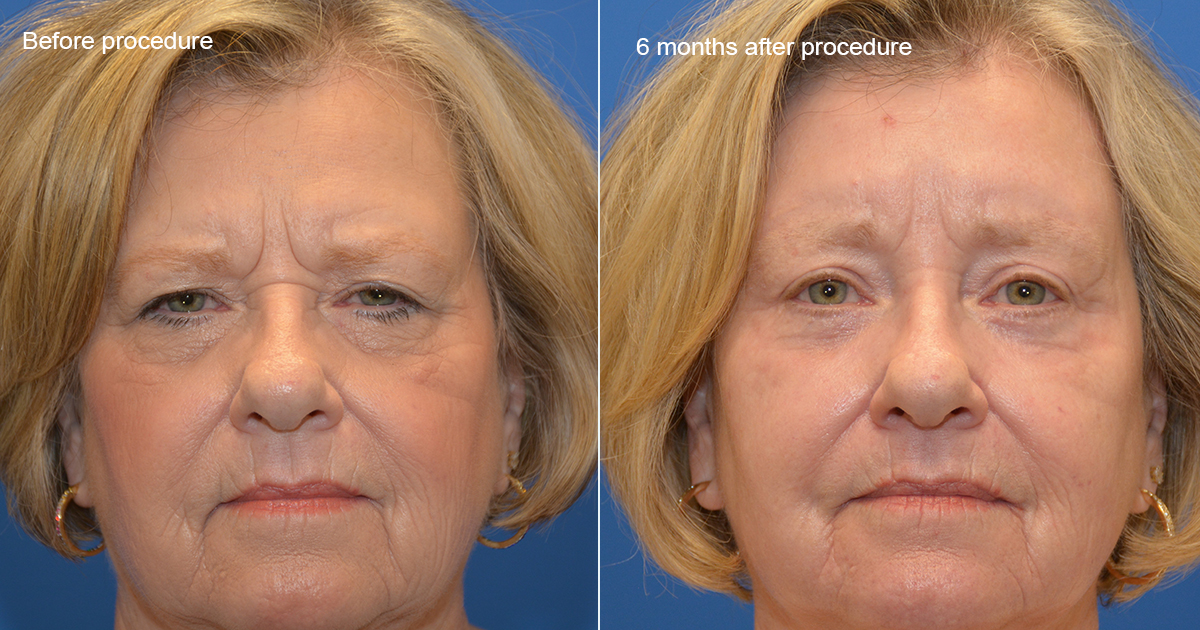Facial resurfacing 101: How to remove acne scars, wrinkles and age spots

At-home treatments and skin products often don't work well to remove acne scars, wrinkles or age spots. If you've been disappointed by these before, you should consider facial resurfacing for dramatic, long-lasting results.
Facial resurfacing removes the epidermis (the top layer of skin) and parts of the dermis (the middle layer of the skin). When we resurface these areas – through chemical peels or laser treatments – we remove damaged parts of the skin while stimulating new formation of collagen.
Facial resurfacing is perfect if your face has:
- Acne scars and other textural issues
- Age spots or is just starting to look older
- Sun damage, like actinic keratosis
- Fine lines and wrinkles
Facial resurfacing is a non-invasive way to deal with these issues. When you combine removing parts of the skin with collagen formation, your face gets an improved healthy appearance while rejuvenating the skin. Facial resurfacing can be done on its own or it can also pair with surgery for issues like sagging skin.
Chemical peel or laser treatment
There are many types of treatments that fall into the area of facial resurfacing. Which should you choose? Chemical peels and laser treatments have similar benefits. Both remove the layer of skin that's damaged and help with collagen formation.
Chemical peels are good for overall pigmentation issues and fine wrinkles. There are light peels, medium peels and deep peels. You'll recover faster from a light peel, but it won't give you as dramatic of a result as a deep peel.
Laser treatments are more precise, but a little more expensive. The intense light energy of the laser removes exactly the right amount of skin. The laser also heats the lower layer, which is how collagen production is stimulated. The result is healthy, glowing skin.
What to expect
To prepare for your treatment, we'll give you creams to apply days in advance, which will quicken your healing time later and prevent infection issues. On average, it'll take five to ten days for the skin to heal. During this time, you shouldn't apply makeup or other products to your skin.
Worried about procedure pain? Before the treatment, you'll be given medication to help with the stinging that some people experience. Later, you can take acetaminophen or ibuprofen to minimize discomfort while your skin heals.






